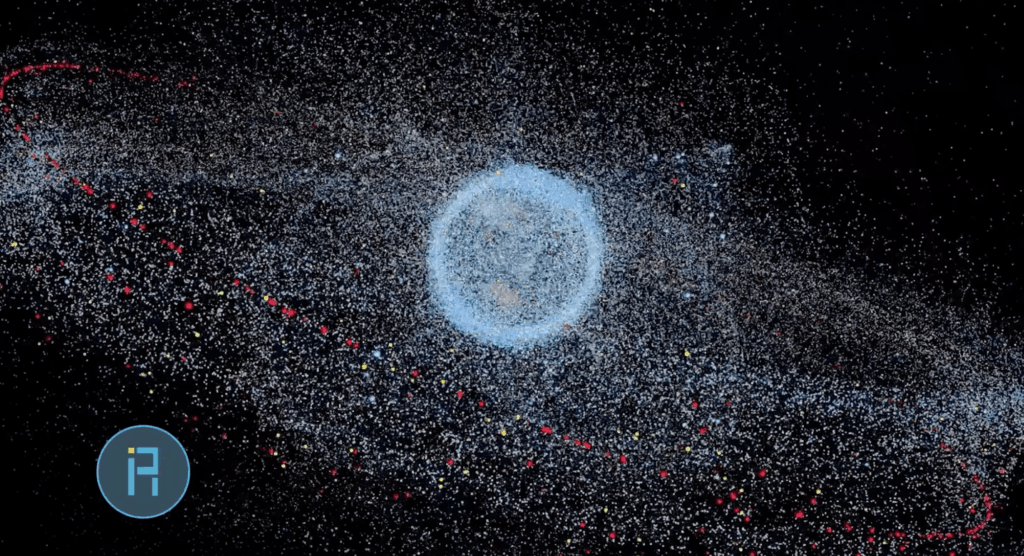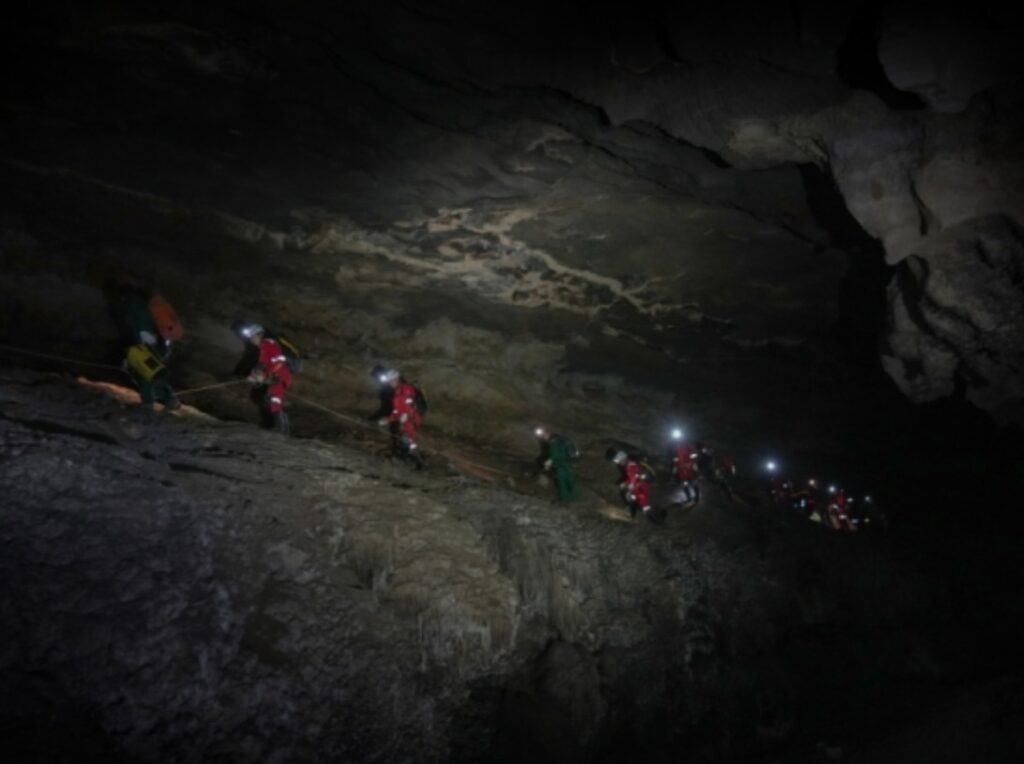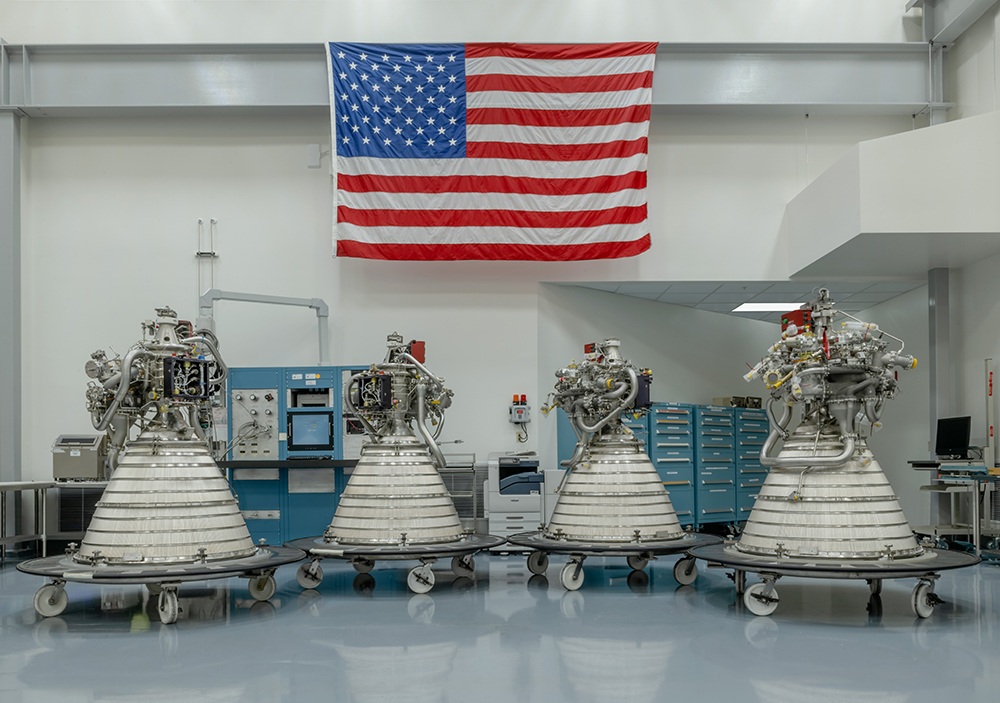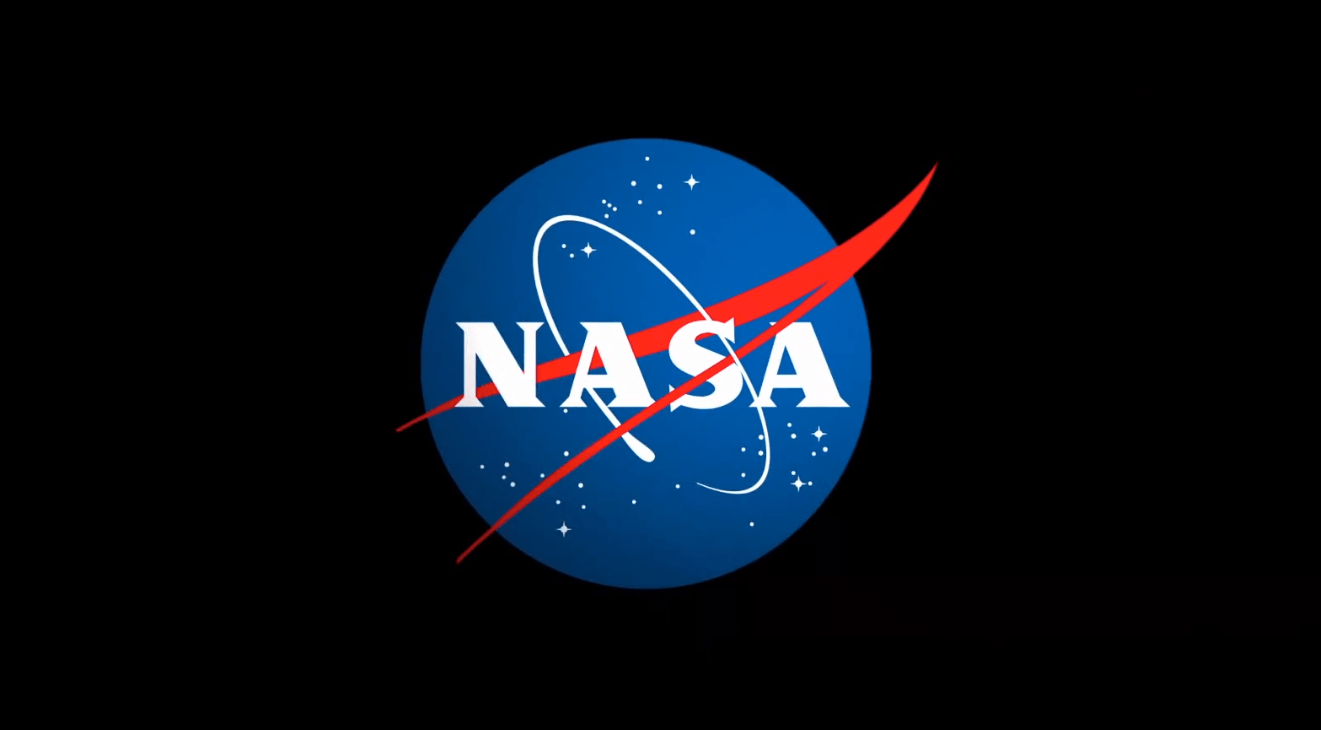Now Reading: NOAA budget proposal seeks to cancel TraCSS
-
01
NOAA budget proposal seeks to cancel TraCSS
NOAA budget proposal seeks to cancel TraCSS

WASHINGTON — The Commerce Department is proposing to end funding for a space traffic coordination program even as beta testing of the service continues.
The Commerce Department released June 30 a long-delayed congressional justification document for its fiscal year 2026 budget proposal for the National Oceanic and Atmospheric Administration. The document provides more details on the budget proposal that had been limited to top-level numbers in a “skinny” budget released by the White House in early May.
The document confirms reports in April, when the Office of Management and Budget sent a “passback” budget document to NOAA, that the agency will shut down its Traffic Coordination System for Space, or TraCSS, program. The budget requests only $10 million for the Office of Space Commerce, which oversees TraCSS, down from the $65 million the office received in fiscal year 2024.
TraCSS was designed to take space situational awareness (SSA) data from the Defense Department as well as private and international sources and use it to provide space traffic management (STM) services such as conjunction notices to satellite operators. TraCSS would ultimately take over civil STM responsibilities from the Defense Department.
“Under the prior administration, DOC was unable to complete a government owned and operated public-facing database and traffic coordination system,” the document stated, referring to the Department of Commerce, the parent department of NOAA. “In the convening time, private industry has proven that they have the capability and the business model to provide civil operators with SSA data and STM services using the releasable portion of the DOD catalog.”
The development of what would be TraCSS started in the first Trump administration in 2018 with its Space Policy Directive (SPD) 3, which instructed the Commerce Department to lead development of a civil STM system. Work on it was delayed, though, by funding shortfalls as Congress was not initially convinced Commerce was the right home for the system. Congress did not appropriate significant funding for TraCSS until fiscal year 2023.
That allowed the Office of Space Commerce to begin beta tests of TraCSS at the end of fiscal year 2024. In a talk at the Space Symposium in April, Janice Starzyk, acting director of the office, said the goal was to have the initial version of TraCSS, including a web interface, fully operational by January 2026.
That work has continued despite budget uncertainty. The Office of Space Commerce announced May 27 that TraCSS had moved to “program increment 1.2” with new capabilities for operators of large satellite constellations. The office confirmed it planned a “full production release” of TraCSS by early 2026.
By then, though, there were questions about the future of TraCSS. Layoffs of new “probationary” employees at NOAA in February included many people at the office working on TraCSS, including its program manager, Dmitry Poisik. He and some others were brought back within days, but it raised questions in industry about the future of the program.
Some industry groups have been advocating to save TraCSS. In a June 26 letter to NOAA’s acting administrator, Laura Grimm, the Commercial Space Federation (CSF) and American Institute of Aeronautics and Astronautics (AIAA) called for continued funding for TraCSS, arguing there was not yet a sufficient commercial market for space traffic coordination services.
“If funding for the TraCSS program is cut, numerous American commercial SSA providers are likely to go out of business while thousands U.S. satellite operator’s spacecraft fleets will be placed in peril,” the letter stated.
The Commerce Department reached a different conclusion in its budget justification. “The Administration confirms the intent of SPD-3 has been satisfied by supporting private industry to provide SSA services, including through offerings of both a free basic service as well as fee-based concierge services to civil operators,” the document stated.
Some SSA companies have privately said they were not satisfied with the current approach to TraCSS. They said the office appeared to be simply duplicating older approaches, including have a fully staffed operations center, when it could instead be embracing new technologies like artificial intelligence that promised cost savings and other efficiencies.
AIAA and CSF, in separate letters to House and Senate appropriators, acknowledged that there could be changes made to TraCSS. “There may be no need for a new SSA command center or additional studies that admire the problem,” they wrote, “but the returning to the old paradigm will set back a capability and likely result in loss of service for safe operations in space that is affecting all operators.”
Stay Informed With the Latest & Most Important News
Previous Post
Next Post
-
 01From Polymerization-Enabled Folding and Assembly to Chemical Evolution: Key Processes for Emergence of Functional Polymers in the Origin of Life
01From Polymerization-Enabled Folding and Assembly to Chemical Evolution: Key Processes for Emergence of Functional Polymers in the Origin of Life -
 02Two Black Holes Observed Circling Each Other for the First Time
02Two Black Holes Observed Circling Each Other for the First Time -
 03How New NASA, India Earth Satellite NISAR Will See Earth
03How New NASA, India Earth Satellite NISAR Will See Earth -
 04Thermodynamic Constraints On The Citric Acid Cycle And Related Reactions In Ocean World Interiors
04Thermodynamic Constraints On The Citric Acid Cycle And Related Reactions In Ocean World Interiors -
 05Φsat-2 begins science phase for AI Earth images
05Φsat-2 begins science phase for AI Earth images -
 06Hurricane forecasters are losing 3 key satellites ahead of peak storm season − a meteorologist explains why it matters
06Hurricane forecasters are losing 3 key satellites ahead of peak storm season − a meteorologist explains why it matters -
 07U.S. Space Force awards $13.7 billion in new national security launch contracts to Blue Origin, SpaceX and ULA
07U.S. Space Force awards $13.7 billion in new national security launch contracts to Blue Origin, SpaceX and ULA



















